Proactive Flat Roof Maintenance: Prevent Costly Issues & Avoid Replacement
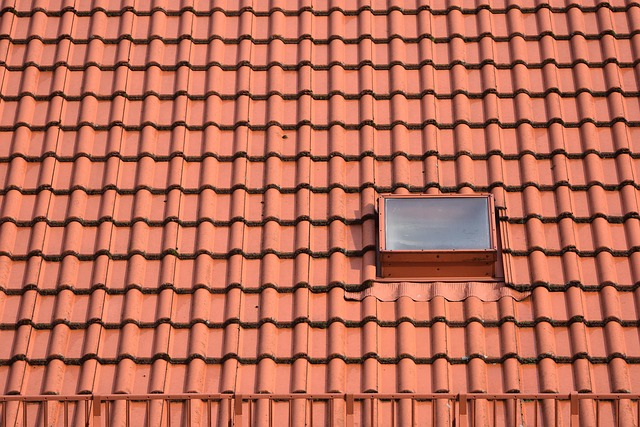
Flat roofs, while cost-effective for commercial buildings, require regular inspections and proactive…….
Introduction
Flat roofing services are a cornerstone of modern construction, providing durable and functional solutions for buildings across the globe. These services encompass design, installation, maintenance, and repair of flat roofs, which are characterized by their low-slope or virtually level surfaces. In this comprehensive article, we will explore the multifaceted world of flat roofing, from its historical context to its future prospects. Readers will gain a deep understanding of the significance of these services in various sectors, including commercial, residential, and industrial.
Understanding Flat Roofing Services
Flat roofing services involve a range of activities aimed at ensuring the integrity, longevity, and performance of flat roofs. These services are critical for protecting buildings from environmental elements and for maintaining energy efficiency. The core components of flat roofing include the waterproof membrane, insulation, drainage system, and structural deck.
Historically, flat roofs date back to ancient civilizations, where their design allowed for additional living space. Today, advancements in materials and technology have significantly improved the functionality and sustainability of flat roofs. These services are essential in urban environments, where space is at a premium, and in regions with high precipitation, where proper drainage is crucial.
Global Impact and Trends
The influence of flat roofing services is felt worldwide, with variations in design and materials reflecting regional climates and building practices. In North America, for instance, the market leans towards sustainable and green technologies, while in Asia, the focus is on cost-effective solutions due to the vast scale of construction activities.
Key trends shaping the industry include the adoption of green roofs, which not only provide insulation but also contribute to biodiversity. Another trend is the integration of photovoltaic systems into flat roofs, transforming them into energy-generating units. These innovations are becoming increasingly common as cities and countries work towards sustainable development goals.
Economic Considerations
The economic impact of flat roofing services cannot be overstated. The market is driven by the construction industry’s health, with significant investments flowing into research and development for new materials and installation techniques. These services not only contribute to the construction sector but also have a direct impact on related industries such as insulation, HVAC (Heating, Ventilation, and Air Conditioning), and renewable energy.
Economic analysis shows that efficient flat roofing systems can reduce energy costs for building owners, thus influencing investment decisions. In turn, this affects economic growth by improving overall efficiency and productivity in the built environment.
Technological Advancements
Technological advancements have revolutionized flat roofing services. Innovations such as thermoplastic olefin (TPO) and ethylene propylene diene monomer (EPDM) membranes have enhanced durability and performance. Additionally, the use of advanced reflective coatings has significantly improved energy efficiency.
The future holds promise for even more sophisticated materials, such as self-healing waterproofing systems and AI-driven predictive maintenance solutions. These advancements are set to further enhance the longevity and sustainability of flat roofing services.
Policy and Regulation
Policies and regulations play a significant role in shaping the flat roofing industry. Building codes, environmental standards, and safety regulations dictate design and installation practices. For instance, LEED (Leadership in Energy and Environmental Design) certification incentivizes green building practices, including sustainable flat roofing solutions.
Legislation such as the International Green Construction Code (IgCC) provides a framework for integrating environmental considerations into construction projects, thereby influencing the demand for flat roofing services that comply with these standards.
Challenges and Criticisms
Flat roofing services face challenges such as waterproofing integrity, drainage issues, and the need for specialized installation teams. Critics often point to the higher energy costs associated with less efficient designs. Additionally, there are concerns about the environmental impact of some traditional materials.
To address these issues, industry professionals advocate for better training and certification programs for installers, the use of more sustainable materials, and the integration of smart technologies for monitoring and maintenance.
Case Studies
Several case studies demonstrate the successful application of flat roofing services. For example, the Green Roof on the London Eye showcases how a flat roof can be transformed into a green space, providing both environmental benefits and an iconic visual element. Another case study might involve a retrofit project in New York City that incorporated a reflective membrane, significantly reducing energy costs for the building.
These examples provide valuable insights into the practical applications of flat roofing services and the lessons learned from their implementation.
Future Prospects
The future of flat roofing services is poised for growth, particularly in the areas of sustainability and smart technology integration. The increasing urbanization and the push for net-zero buildings will drive demand for innovative flat roofing solutions. Emerging trends such as the use of drones for inspection and maintenance are set to streamline operations and enhance safety.
Strategic considerations for industry stakeholders include embracing digital transformation, prioritizing research into sustainable materials, and advocating for policies that support green building practices.
Conclusion
This article has provided a comprehensive overview of flat roofing services, their historical context, current trends, and future prospects. The importance of these services in the construction industry, their impact on the economy, and their role in achieving sustainability goals cannot be overstated. As urban environments evolve and environmental challenges persist, flat roofing services will continue to play a vital role in shaping the built environment of tomorrow.
FAQs
What are the main components of a flat roofing system?
The main components include the waterproof membrane, insulation, vapor barrier, drainage system, and structural deck.
How do advancements in technology affect flat roofing services?
Technological advancements lead to more durable, efficient, and sustainable materials and systems, improving the performance and lifespan of flat roofs.
What role do policies and regulations play in flat roofing?
Policies and regulations ensure that flat roofing practices meet safety, environmental, and efficiency standards, influencing the types of services offered and demanded.
How can flat roofs contribute to sustainability?
Flat roofs can be used for green roofs, solar panels, and rainwater harvesting systems, all of which contribute to a building’s overall environmental performance.
What are some challenges associated with flat roofing services?
Challenges include ensuring waterproofing integrity, addressing drainage issues, managing energy costs, and mitigating the environmental impact of materials used.
What is the future outlook for flat roofing services?
The future outlook is positive, with a focus on sustainability, integration of smart technologies, and adaptation to meet the demands of urbanization and green building practices.

Flat roofs, while cost-effective for commercial buildings, require regular inspections and proactive…….

Planning a residential flat roof installation with HVAC compatibility requires addressing unique cha…….

Choosing the right warranty for your flat roof is key to ensuring longevity and peace of mind. There…….

Solar panel installations on flat roofs are gaining popularity as a sustainable energy solution, but…….
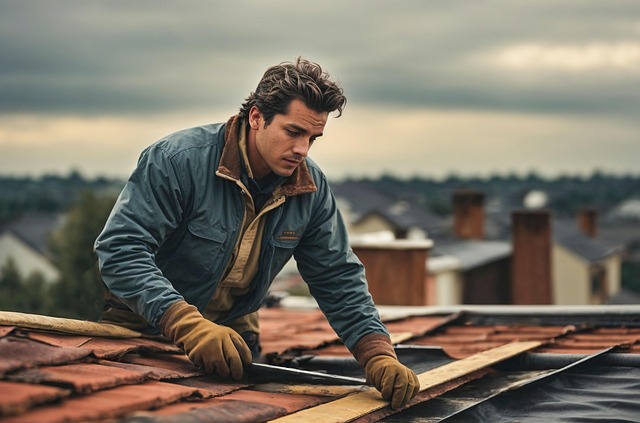
Flat roofs, despite their advantages, are vulnerable to weather damage. Early identification through…….
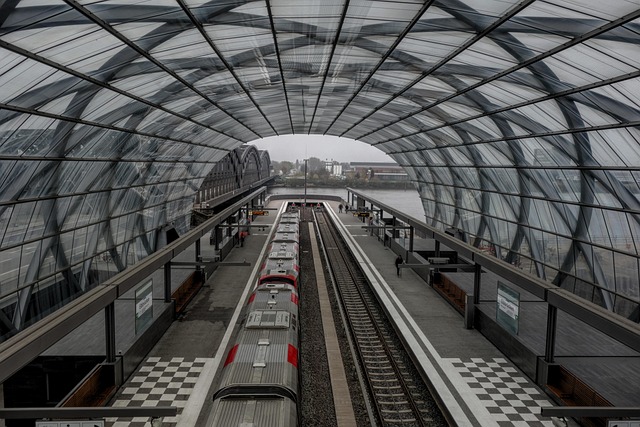
High-performance single-ply membranes like TPO, EPDM, and PVC have revolutionized flat roofing with…….
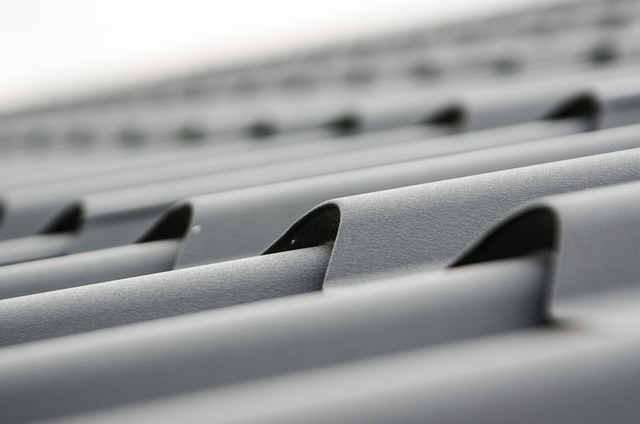
Regular flat roof inspection services are vital for cost-effective roofing solutions and extending y…….

Extreme weather conditions pose significant risks to flat roofs due to their lack of natural drainag…….
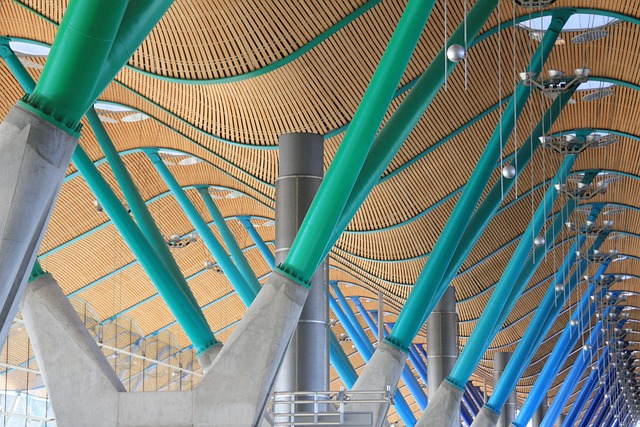
Flat roofs are popular in commercial and industrial buildings due to their low maintenance, but they…….

Flat roof replacement uses high-performance single-ply membranes like TPO, EPDM, or PVC for commerci…….